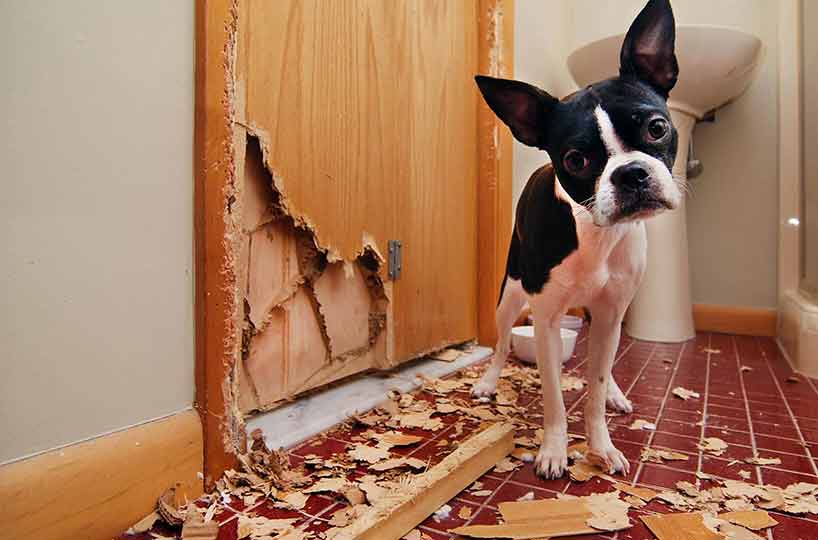
The question of whether landlords should allow pets in their rental properties has long been a topic of debate. While some property owners embrace the idea, others are hesitant due to concerns and potential risks. In this blog post, we will explore the advantages and disadvantages of allowing pets in rental properties, shedding light on both sides of the argument. By examining the pros and cons, landlords can make informed decisions that strike a balance between tenant satisfaction and property preservation.
Pros of Allowing Pets:
Increased Tenant Pool: By permitting pets, landlords open up their properties to a larger pool of potential tenants. Many pet owners struggle to find suitable housing options, and accommodating their furry friends can attract responsible pet owners who are otherwise reliable and financially stable. Expanding the tenant pool can reduce vacancies and lead to more stable rental income.
Higher Rental Demand: The demand for pet-friendly housing is consistently high. By allowing pets, landlords can tap into this demand and potentially command higher rental prices. A scarcity of pet-friendly rentals in the market allows landlords to leverage this advantage, resulting in increased profitability.
Longer Tenant Tenure: Pet owners tend to be more committed to their living arrangements. Allowing pets can encourage longer-term tenancies, as pet owners often face more significant challenges in finding suitable housing. Longer tenures contribute to lower turnover rates, reduced vacancy periods, and fewer marketing and administrative costs for landlords.
Increased Tenant Satisfaction: Permitting pets can significantly improve tenant satisfaction. For pet owners, the ability to keep their beloved companions close brings immense joy and a sense of security. This positive experience can foster better tenant-landlord relationships, leading to increased tenant cooperation, improved property care, and enhanced overall property ambiance.

Cons of Allowing Pets:
Potential Property Damage: One of the primary concerns for landlords is the risk of property damage caused by pets. Pets, especially larger dogs or poorly trained animals, may scratch floors, chew furniture, or cause stains on carpets. Repairing or replacing damaged items can be costly and time-consuming, potentially eating into the landlord’s profits.
Allergies and Health Risks: Some tenants may have allergies or sensitivities to pet dander, which can pose health risks. Allowing pets in rental properties may limit the potential tenant pool, as individuals with allergies may be unable to reside in such environments. Additionally, the presence of animals can aggravate existing respiratory conditions, which may lead to legal liabilities for landlords.
Noise and Disturbance: Pets, particularly dogs, can create noise disturbances that disrupt the peace and quiet of neighboring units. Frequent barking or howling may lead to complaints from other tenants, resulting in strained relationships and potential legal issues. It is crucial for landlords to consider the impact on other residents before allowing pets in their properties.
Insurance and Liability Concerns: Insurance policies for rental properties often have specific clauses regarding pets. Some insurers may charge higher premiums or exclude coverage for damages caused by animals. Additionally, landlords may face legal liabilities if a tenant’s pet injures another person or causes damage to their property. These factors require careful consideration and thorough review of insurance policies.

Conclusion:
The decision to allow pets in rental properties
is a multifaceted one, with various pros and cons to consider. While it can
broaden the tenant pool, increase tenant satisfaction, and potentially generate
higher rental income, the risks of property damage, allergies, noise
disturbances, and liability cannot be ignored. As a landlord, it is essential
to assess these factors on a case-by-case basis and implement clear guidelines
and pet-related policies to ensure the well-being of both tenants and the
property. By finding a balance between accommodating pets and protecting
property interests, landlords can make.

